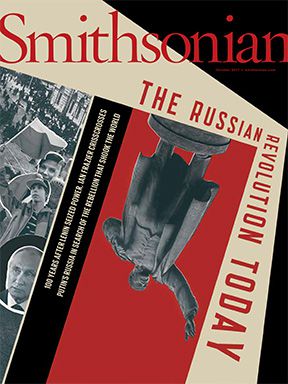He was familiar with the horrifying death 62 years ago of Emmett Till, the 14-year-old African-American who was kidnapped by white supremacists, beaten, shot and thrown into a river weighed down with a 75-pound cotton gin fan after supposedly whistling at a white woman in Money, Mississippi. Yet knowing the details did not prepare the photographer Andrew Lichtenstein for the unsettling experience of visiting the crime scene. “Money feels like a place that hasn’t moved forward in time,” he says. The author of Marked, Unmarked, Remembered, a new book of photographs commemorating traumas in America’s past, Lichtenstein recalls Till’s murder with the image above, taken in Money, which evokes cotton’s connection to slavery and segregation. “Cotton’s a beautiful crop, the way it catches the light,” he says. “But its history is blood-soaked.”
Marked, Unmarked, Remembered: A Geography of American Memory
From Wounded Knee to the Edmund Pettus Bridge, and from the Upper Big Branch mine disaster to the Trail of Tears, “Marked, Unmarked, Remembered” presents photographs of significant sites from US history, posing unsettling questions about the contested memory of traumatic episodes from the nation’s past.

Subscribe to Smithsonian magazine now for just $12
This article is a selection from the October issue of Smithsonian magazine




